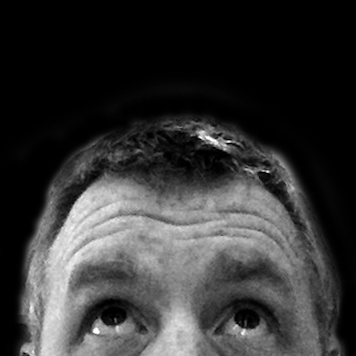Moving from TV to Online
Mindy MacAdams set down what I now realise was a bit of a challenge. A challenge, because I needed to work out how to say what I wanted to say in less than a phone book's worth of type.
In a comment on my previous post about Online videos Mindy asks for my views on:
…how a TV reporter, photographer and producer should get started in multimedia or online work.
Im not sure that I have really answered the question or kept the amount of waffle low, but here is a first crack.
In a nutshell I would say, Get online, think non-linear and gather as much content as you can
But I think the first two would be the ones to stress.
I agree that there are basic steps that can be taken to ‘get online’ quickly. Having video editor output content to a video format as well as to tape or the station play-out system is one way of doing that - make it another step in the process.
But for me the first important step is to ‘get’ online and you can only do that by using it. So for me the first and most important thing that any journalist could do is use the web more.
Get online
A lot of people view working on the web as an adjunct to what they do every day – the kind of “I just put my content on the web now” approach. As a result people tend to engage with the practicalities of working online, button pushing and clicking, and not the medium itself. That isn’t really getting to grips with the medium.
My overriding feeling is that first, and this goes for all TV people, you should use the web as part of your research. Getting used to using RSS, reading blogs, and developing how to use search engines is a great key in to the web and getting a feel for the kind of content that works. Don’t just limit it to work stuff either. Try other things that interest you.
If you like music, then try ten minutes with Last FM or try a bit of time typing the name of your town, or anything else that takes your fancy, in to Flickr and explore the result. Your personal experience of the medium is just as important as understanding where along the process you now press the web button. Something in there will catch your imagination and open up avenues to explore.
After that, I think it’s about seeing the places where you can tap to make small steps to creating online content. But I think I would stress one concept above all others as the key to moving online.
Think non-linear
We have a phrase in TV that simple packages are clip- link-clip-link. I know it reduces the medium to its basic principle but you see the idea. An interview clip is then linked to the next bit of content by a bit of script. You can even expand that to a TV programme like a news bulletin. It’s a similar format of package – link – package- link where the link is usually read by a presenter.
Of course, the real craft in TV packaging comes in seamlessly weaving the link and clip together. The interview clip may end with an unresolved answer, picked up by a questioning bit of voiceover in the next link.
But take that idea of a link and transpose it with a web page link - that thing that you click on to get from one page to the next - and you have the nub of what you are dealing with online. Imagine now that your audience can decide when to move between clips by clicking a link and you see how your clips work differently.
An example of how that works in practice is Yolanda’s Crossing over at the Dallas News. The presentation is almost like a storyboard. You could imagine piecing the blocks together to make a long documentary package – it is even in chapters, one to seven. But instead, the progression is controlled by the user.
A lot of people see that as scary, cutting the journalist out of the picture but in return for handing over control to the user, you get the ability to expand on the content and make the links more informative – you get to do more journalism.
Instead of just a bit of script, you get to offer more text, more pictures maybe even a description of some of the process you went through to get the shots. You can expand the journalistic narrative to inform the links people follow. All of that discussion you had in the edit suite can come out into the open. It’s exciting stuff.
Non-linear in practice.
One way of trying this is to take an existing package and break it into its key parts. Write a description of each chunk onto a card or post-it note. Lay them out in a line and then for each card add another for content you didn’t use at that point or expand on the content.

Then try moving the content around into sections that fit together. Pretty soon you will have the bare bones of a possible multimedia package.

Of course, you need to get that extra stuff and that might mean that the journalist also has to gather audio and video as part of the process but often this stuff is content you already have You just need to think about re-packaging it.
As I said, I'm not sure whether that answers the question or poses more, or is just a meaningless ramble. What do you think?
